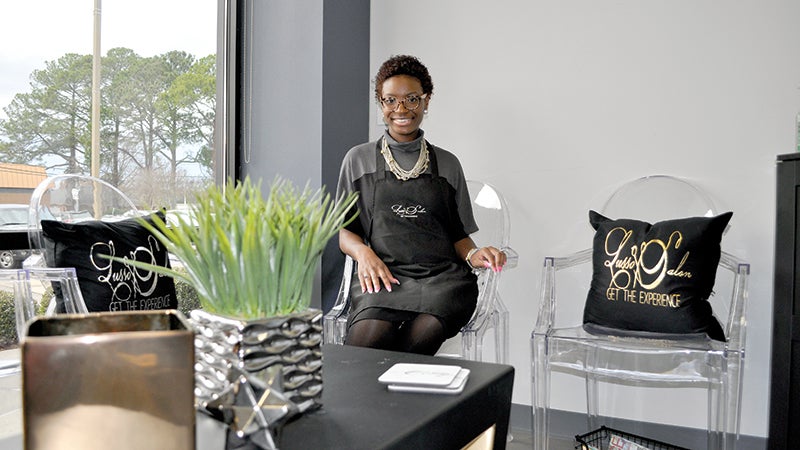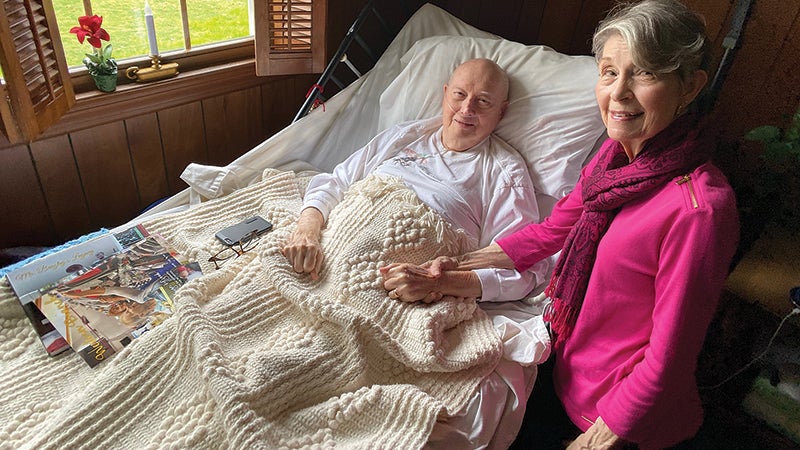The reality of J. Robert Burnell
Published 9:59 pm Friday, March 3, 2017
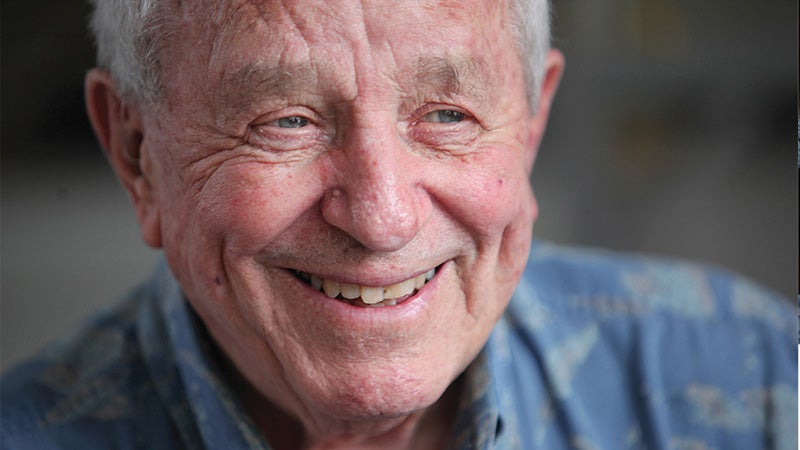
- Hampton Roads artist J. Robert Burnell said, “I never wanted to be famous — I wanted my paintings to be famous.” He got both. Below is a mural he painted at Point Farm on the Eastern Shore.
Story by Phyllis Speidell
Photos by John H. Sheally II
J. Robert Burnell may have saltwater — or at least brackish water —running through his veins.
The prolific artist, who has studied and painted across the country, says his art and life were greatly influenced by his childhood on the Western Branch of the Elizabeth River and by his two grandfathers, both watermen.
Burnell, 87, grew up in Westhaven along the river. At that time Westhaven, as well as many other neighborhoods now in the western half of Portsmouth and the Western Branch section of Chesapeake, were all part of the old Norfolk County.
Capt. Jim Washington Burnell, his paternal grandfather, was a waterman living on Scott’s Creek. Burnell remembers when Cap’n Jim owned the oyster grounds from the Churchland Bridge into the Western Branch of the Elizabeth River.
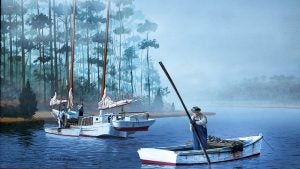
When J. Robert Burnell was growing up, his grandfather harvested oysters along the Elizabeth River. Memories like that inspire much of Burnell’s work, like this piece, “Taking Oysters on the Western Branch 1913.”
Those were the days, he says, when Western Branch oysters rivaled the famed Lynnhaven oysters for popularity in the northern markets.
Early on, Cap’n Jim harvested oysters for J.H. Miles Seafood and Co., a seafood processor in Norfolk who shipped the oysters on ice to Europe.
When World War II and German torpedo attacks on freighters killed that market, Cap’n Jim changed his strategy. He would harvest all the oysters he could in a single day, and then take the rest of the week for a round-trip delivery run by boat to Baltimore.
Robert Hudson, Burnell’s maternal grandfather, was a waterman at heart.
After retiring from the Norfolk Naval Shipyard, Hudson rowed his wooden boat, a heavy 16-footer, out on the Western Branch six days a week. He fished for croaker and spot, often with a young Robert by his side.
The elder Burnell was 88 years old before he finally bought a five-horsepower outboard.
When the tide went out, the pair would go after soft crabs or set a net to haul in mullet to salt and store in ceramic crocks for winter meals.
Burnell spent his childhood on the water, restoring cast-off boats, exploring the river and waterskiing along the Western Branch.
He remembers the river freezing over in the late 1930s. He and two cousins dared to walk across the frozen river to what is now the Chesapeake side.
He also remembers walking a railroad trestle from Westhaven to what is now the eastern end of Bruce Road.
“We put our ears to the tracks to hear a train coming,” Burnell says. “We were lucky that none came while we were on the trestle.”
Burnell grew from a boy with a moth boat into an avid and skilled sailor with a studio full of sailing awards. He often sailed up the Chesapeake Bay and never missed a Cock Island race until 2014, when he finally sold the last of his sailboats.
He was often a spectator at the hydroplane races that roared down the river when the speedboats were in their heyday. Fans regarded the river as the Charlotte Motor Speedway of hydroplane racing.
Few people remember that before Burnell became what he calls “serious” about his art in the late 1960s he worked in the family flooring business and studied architecture. He did architectural renderings and launched Interior Contractors to restore and build facilities on the Naval Base, and he built homes in Sterling Point, Green Meadow Point and Nags Head.
Above all else, Burnell remains an artist, a man who needs to work with his hands.
Growing up in the Depression years, he learned to create what he could not afford to buy. When he was about 10, he created his first painting in house paints on the back of a Leggett gift box.
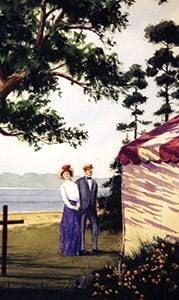
A Burnell painting depicting First Rodman Heights Baptist Church services in a tent near Battery Park.
“I am a realist in art and in life,” he says.
Burnell sees the world through the lens of reality. He spends hours researching historic records to get the details right in his historic landscapes. He has sailed aboard skipjacks, deadrises and almost every other workboat on the Chesapeake Bay, working and watching to capture the fine points of the craft and the men aboard them.
Buddy Martin, a Western Branch resident and long-time Burnell friend, remembers 40 years ago when he and Burnell shared an office on Churchland Boulevard.
“We had a long hallway where Bobby would, even then, practice his painting,” he recalled. “He did a painting of the train station in West Norfolk and showed me how he painted the tracks to almost disappear in the distance. Then he painted a tree at the end of the tracks to help the perspective. He was always into visual details like that.”
For years, Burnell taught art classes at Tidewater Community College. He still teaches free weekly classes at the Westhaven Baptist Church in Portsmouth, where Sunday mornings find him sitting in his late mother’s seat in the fourth pew back.
“I don’t want to be famous,” he has said repeatedly. “I just want my art to be famous.”
Burnell may be one of the few who achieve their life goal — thanks, in part, to the lessons learned on the Western Branch.
Photographer John H. Sheally II and writer Phyllis Speidell worked with J. Robert Burnell to create his biography “The Reality of J. Robert Burnell – His Life and his Art,” released in October. You can find the fully illustrated book at the Portsmouth Art & Cultural Center gift shop in downtown Portsmouth, at all three A. Dodson’s locations, at Hartung Gallery in Portsmouth and at the Crittenden Frame in Eclipse.



